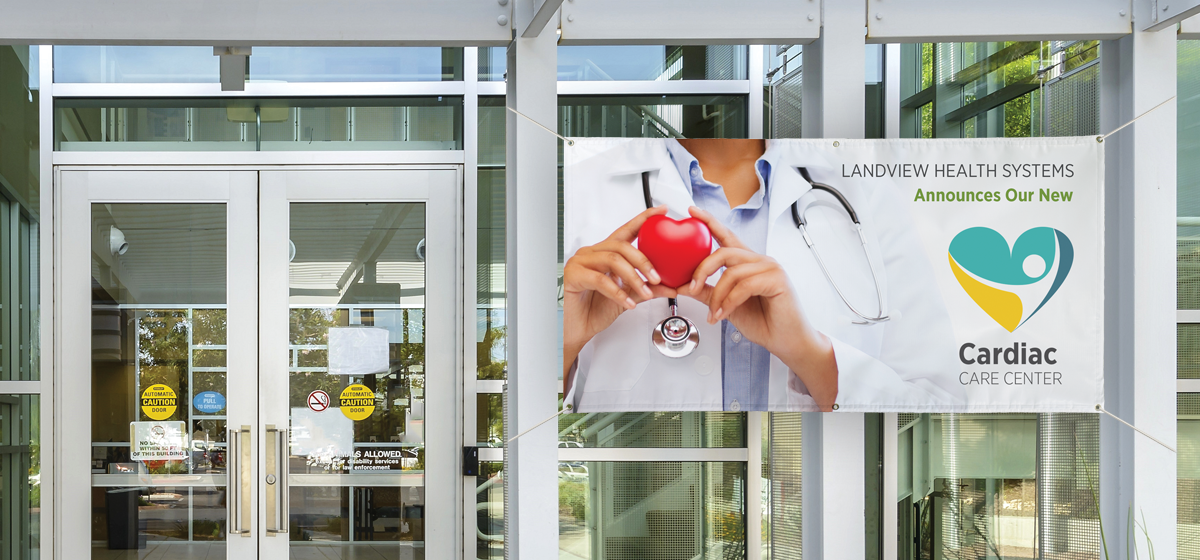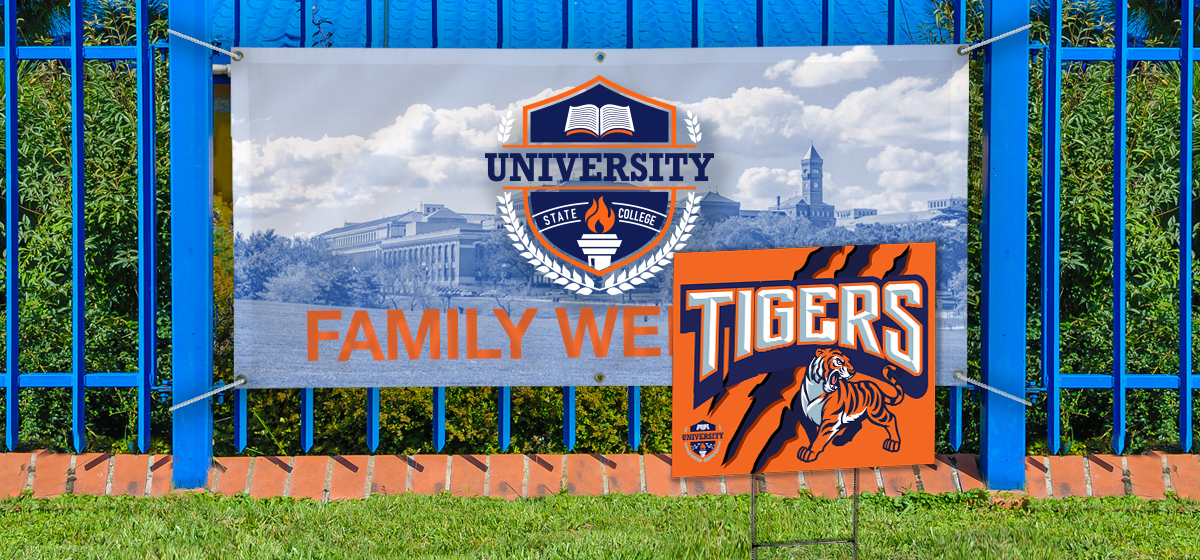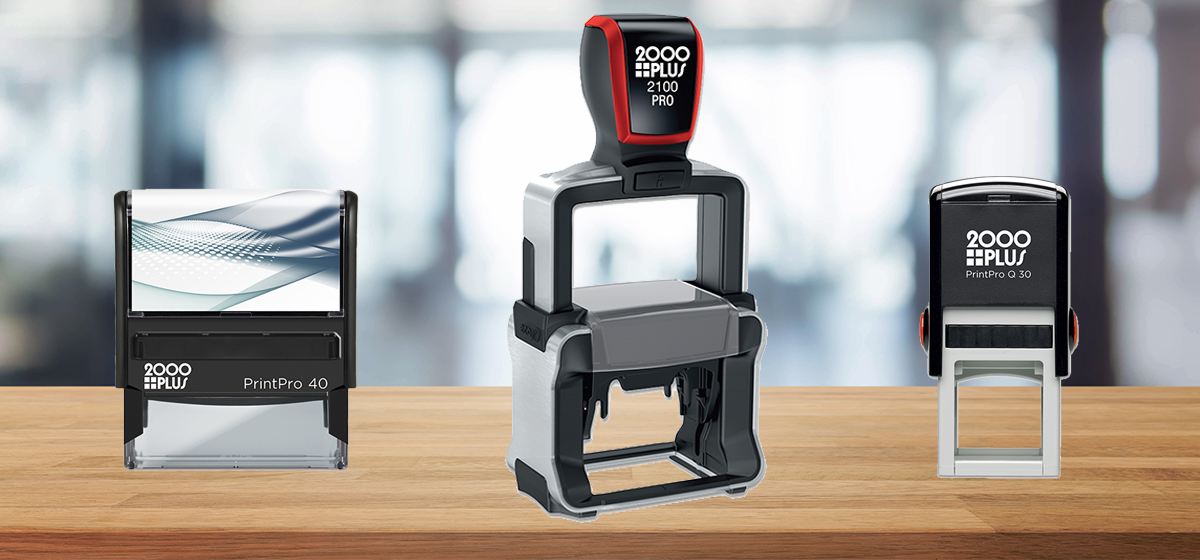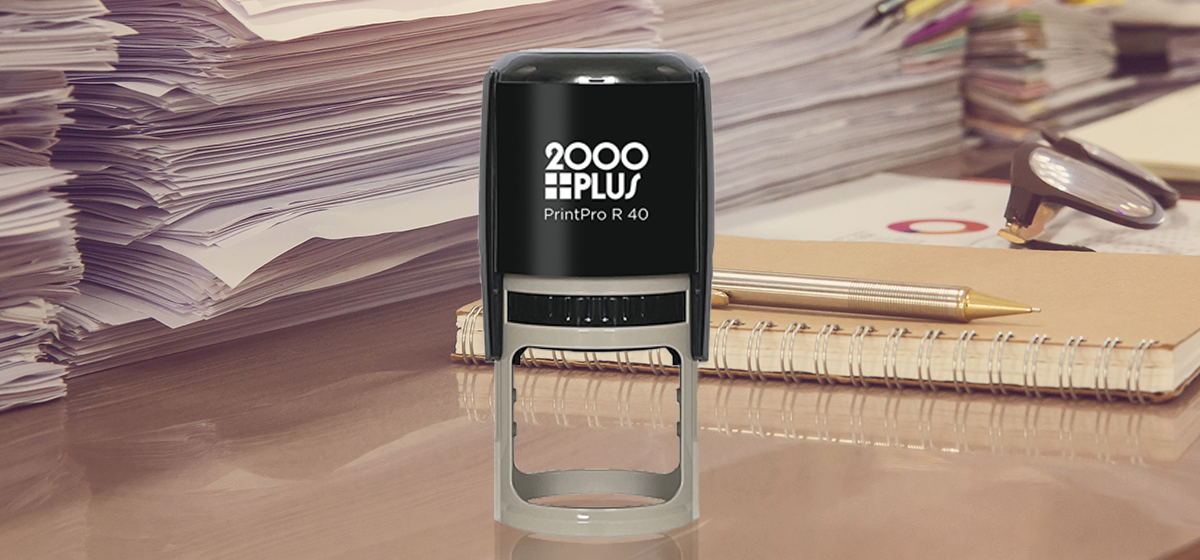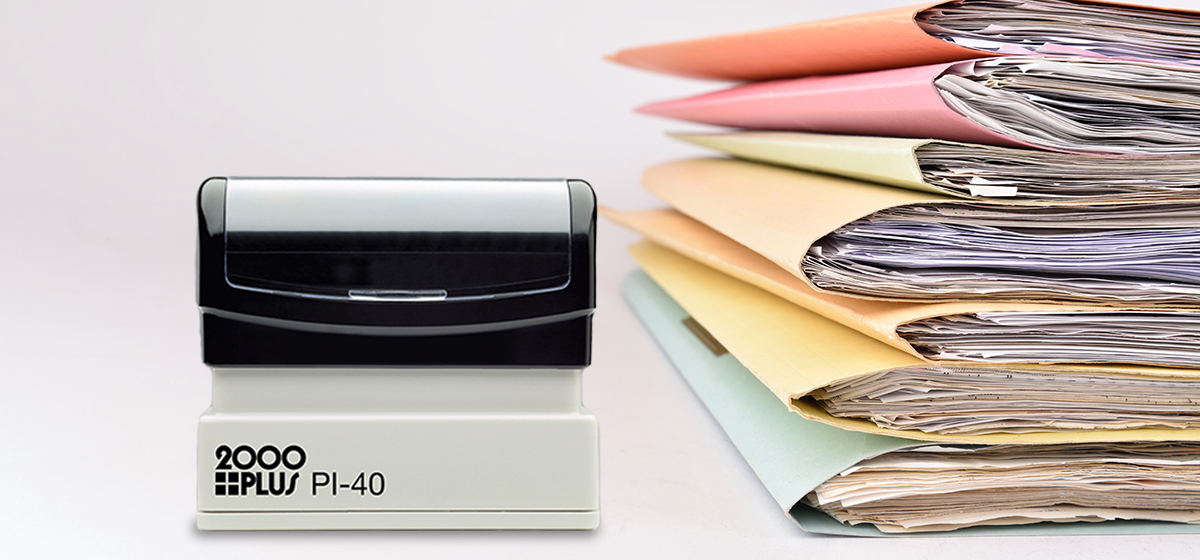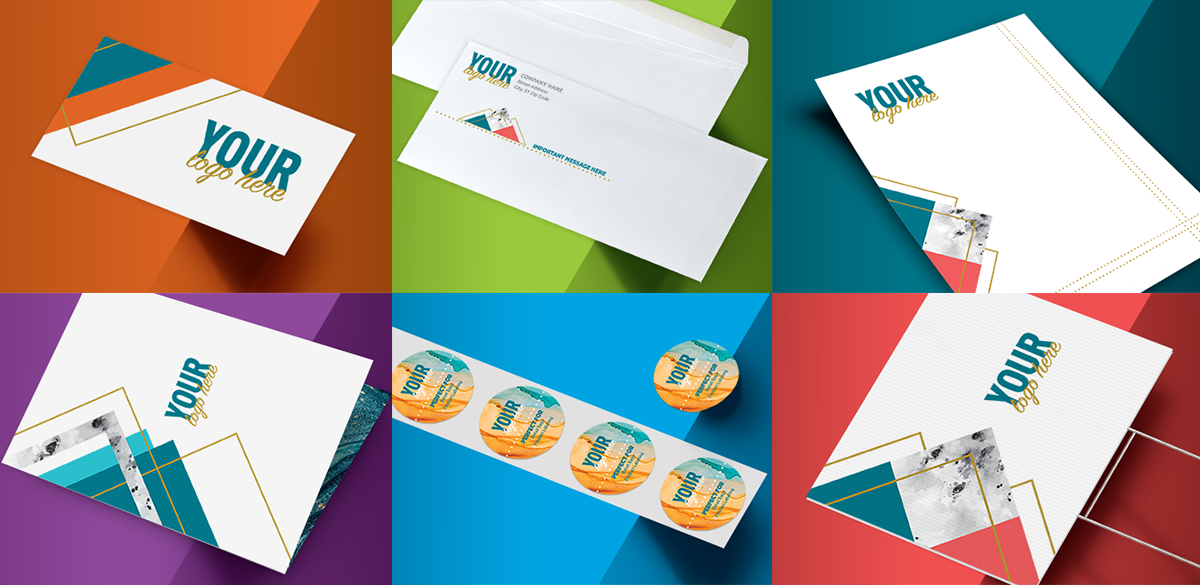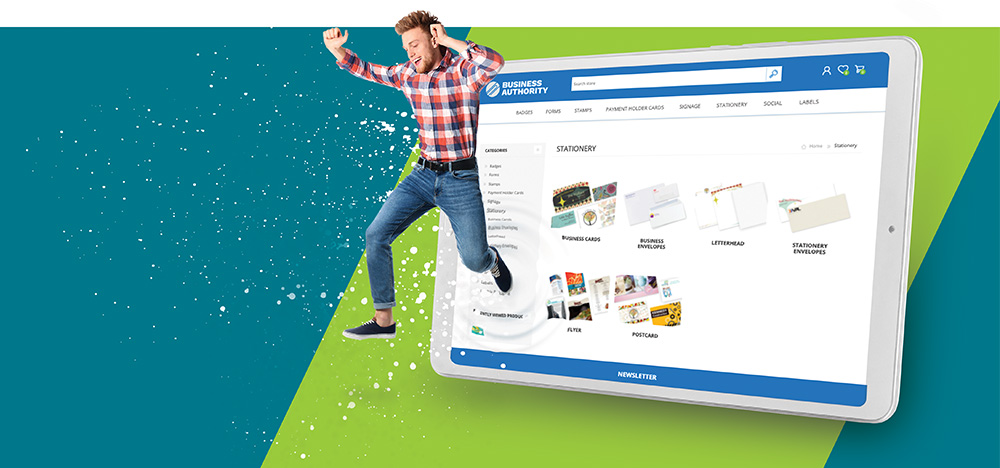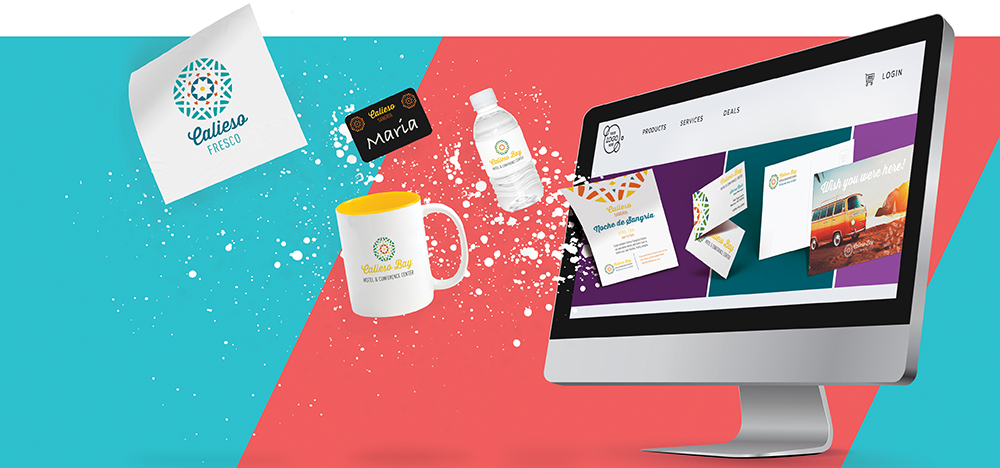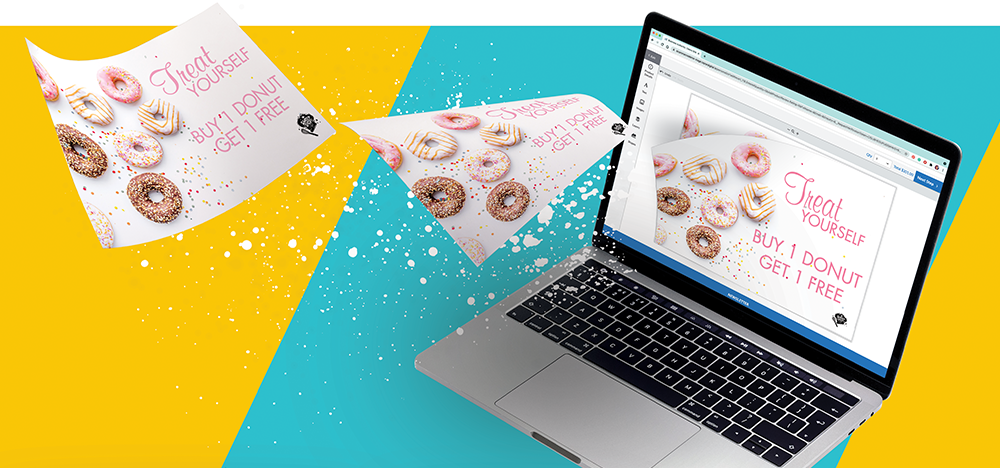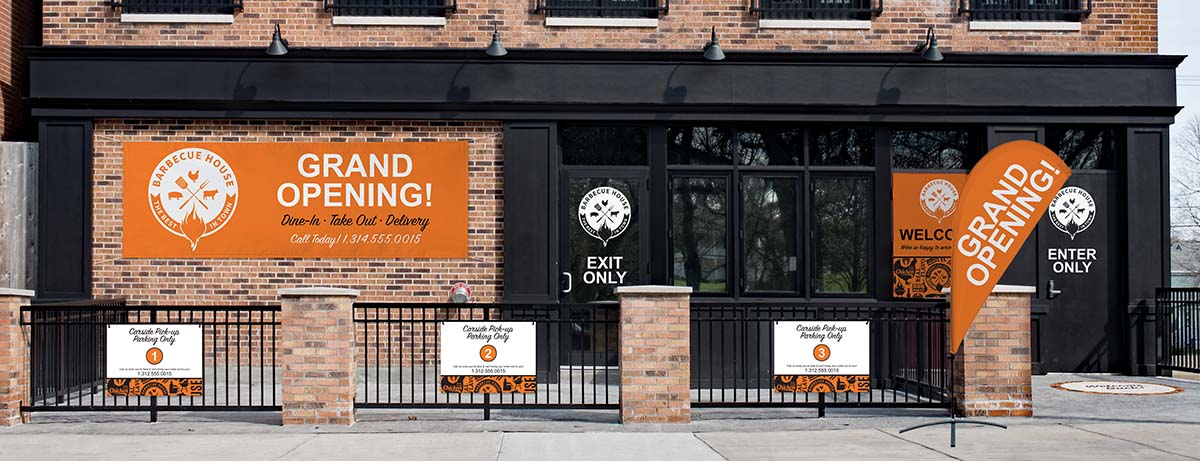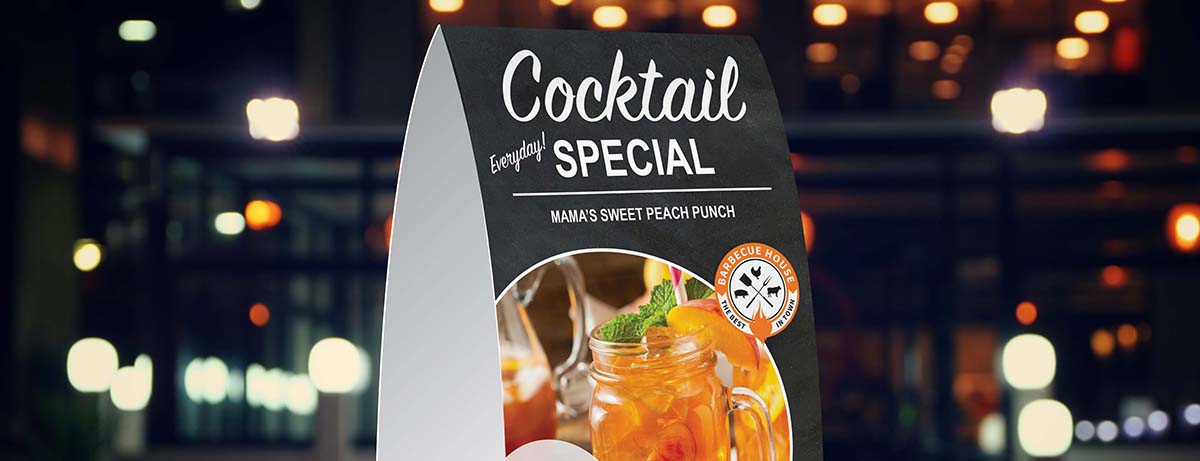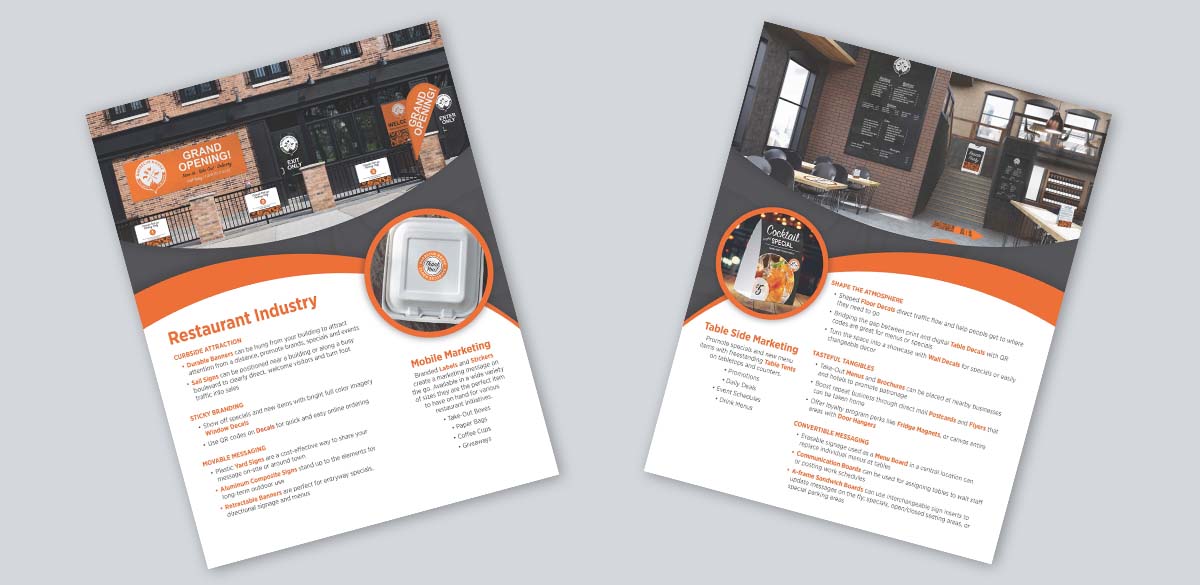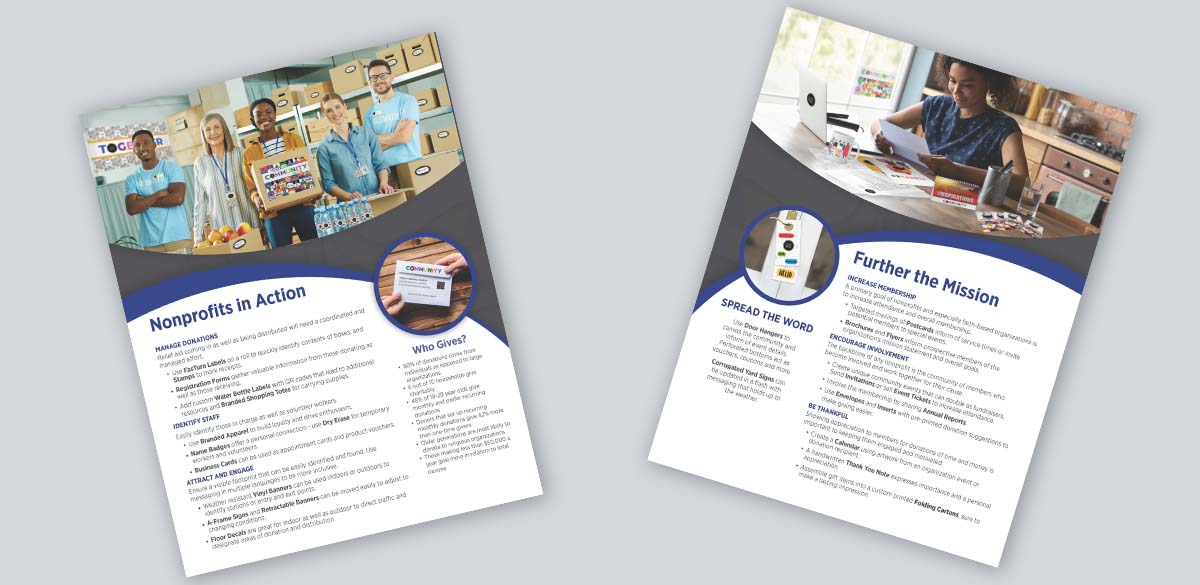
AI’s positive impact on the printing industry
The digital era has ushered in many transformations, and one of the most significant is the emergence of Artificial Intelligence. While AI’s impact is vast and varied, one industry seeing a fundamental change in approach because of it is the print industry. Traditionally viewed as a sector fairly resistant to change, print is now embracing AI, leading to solid growth and some break-through innovations.
Central to Systems and Processes
Three key benefits of AI in the printing industry are its ability to streamline operations, how it enhances personalization, and how it can minimize environmental impact. It’s like having a super smart robot buddy in the print room that can predict maintenance needs, which then reduces downtime and increases efficiency.
AI’s analysis of previous print jobs optimizes resource use, cutting waste and enhancing productivity. For example, it can adjust ink usage and paper type based on job requirements, which saves costs and improves quality.
Moreover, AI excels in personalization, turning massive data sets into highly personalized print products. This capability allows for tailored marketing materials and direct mail pieces – a process once costly and time-consuming, now fast and scalable.
Since virtually all industries are embracing more sustainability initiatives, AI is turning out to be a green hero in the print world. By cutting down on waste and being ink-stingy, it helps keep our planet happier and healthier. So, we’ve got smarter, smoother, more personalized printing that’s also kinder to our Earth – win, win.
The above mentioned benefits are great, but what we really want to know is: how does AI impact sales for print resellers?
Artificial Intelligence as a Catalyst for More Print Sales
For print resellers, AI is more than an efficiency tool; it’s a sales catalyst. It assists resellers in understanding customer preferences and patterns, enabling them to offer more relevant products. By leveraging AI, print resellers can:
- Predict customer needs – AI platforms like ai can analyze previous sales interactions to identify patterns and automatically predict what deals have the highest probability of closing.
- Improve customer experience – AI chatbots and virtual assistants like Drift or Cresta can provide instant customer service, answering questions and guiding customers through product selection, which enhances their overall experience.
- Targeted marketing – with AI, resellers can create more effective marketing campaigns. By analyzing customer data, AI can identify the most promising leads and then tailor marketing messages to specific segments. These can be simple browser extensions to summarize a video, or writing a targeted email.
AI is not just a technological marvel; it’s a practical tool that is reshaping various aspects of business, including the roles of wholesale print sales reps. Next, let’s delve deeper into how AI provides marketing support and aids in prospecting for new business.

AI’s Role in a Reseller’s Business Transformation
AI serves as an idea generator, offering data-driven creative solutions and innovative product inspirations. It can identify trends and patterns that human analysts might overlook. This insight can inspire print sales reps to develop creative, data-backed solutions for their clients. For example, AI could predict a rising interest in eco-friendly materials for certain sectors, prompting you to focus on sustainable substrates and printing solutions for them.
AI tools like Exceed.ai can engage prospects by automatically interacting with leads. Plus, it answers questions, responds to requests, and nurtures and follows up with prospects to guide them down the funnel. Today, routine tasks in marketing operations can be automated, such as email campaign management or social media posting. This automation frees you up to focus on more strategic tasks and direct client interactions.
AI in Prospecting for New Business
In searching for new business, faves like Apollo AI enhance lead generation and provide predictive sales insights, also automating follow-ups and engagement. AI tools like the ones available through HubSpot can help identify and score potential leads that match your ideal customer profile. Precision targeting with AI-powered engagement scores – through platforms like Drift – saves time and resources, enabling you to focus your efforts on high-potential prospects.
Ok, so now we’ve covered how to predict who will be buying, how to come up with product inspiration, who your most valuable leads are, and automating follow-up messaging to them. But what about deeper engagement?
With the help of AI, sending frequent marketing communications to customers and prospects that direct them to further content can be highly beneficial for growing sales, provided it is done strategically and thoughtfully.
- Build relationships – Engaging with your audience builds trust. it may have taken thirty minutes to write one prospecting email, now you can have ChatGPT help you write fifty in the same amount of time.
- Enhance engagement – Click-throughs to content allow for deeper engagement. Try Canva’s “Magic Design” to create and share design templates that easily trade out images, colors, and text.
- Educate your audience – Educational content can help move prospects through the sales funnel. AI tools can help you write scripts and create videos – think of the personalization!
- Improve SEO – Regularly directing to catalogs and marketing assets can improve your search ranking. Automated scheduling of your social posts or the creation of whole campaigns can be done through free or inexpensive AI tools.
- Generate and nurture leads – Calls-to-action convert readers into leads. We are all sick of the “Learn More” button. Ask your favorite AI tool to “give me ten different call-to-action button ideas.”

Short on content? Download our unbranded assets and share them on your website, social media channels and in your sales pitches. Here’s where AI lends yet another helping hand. Whether prospecting for new customers or engaging with your current customers, now you have a personal copywriter available to you 24/7. So set a cadence to connect, use an AI giant like ChatGPT to write your emails and social posts, then ramp up your marketing efforts by hyperlinking to additional content.
It’s not just marketing emails AI content generators can write for you – you can ask it to explain or to write virtually anything. How do I respond to an angry customer? What should I say to a customer that hasn’t ordered from me for a while? What’s the best way to ask customers to write a review?
With platforms like DALL-E 3 and Canva, you also have image generators and a graphic designer at your fingertips. Even if you aren’t using them to mock up the coolest business card in the universe, they are free and simply fun to play with.
So there you have it, now with AI, you don’t need to be a writer, a graphic designer, a marketing professional, or an analyst, but it can seem like you are all of the above!
Just Don’t Overdo It
It is important to balance the frequency and relevance of your communications – too much can overwhelm or annoy your audience, leading to unsubscribes or negative perceptions of your brand.

The Takeaway: A Future Full of Potential
The integration of AI into the printing industry signifies a leap into a future full of potential. For print resellers, it’s an opportunity to grow sales, improve customer relationships, and streamline sales and marketing practices.
In the realm of print sales, AI is not just a futuristic concept but a present-day tool that’s enhancing how sales reps work. From generating innovative ideas and supporting targeted marketing efforts, AI is a powerful ally that can be used to stay ahead in an increasingly competitive market.
As we continue to explore the capabilities of AI, its positive impacts are likely to expand, bringing more innovations and improvements to the printing industry and beyond. The bright side of AI is evident, and its journey in transforming industries like printing is just beginning.
Eight Awesome AI Sales Tools to Help You Reach Your Goals
(and one thing that makes them great)
HubSpot
Rich AI features like lead scoring and sales forecasting
Pricing: Free with HubSpot’s CRM
Apollo AI
Extensive database of 60 million companies and 260 million contacts
Pricing: Free plans are available
Drift
AI-powered engagement score, helping sales teams prioritize their efforts and focus on high-potential leads
Pricing: Varied pricing plans
Exceed.ai
Automatically schedules meetings in sales reps’ calendars
Pricing: Available from Exceed.ai upon request
people.ai
Primo sales forecasting
Pricing: Available from people.ai upon request
ChatGPT
Excellent for creating sales proposals, emails, social posts, video scripts and so much more
Pricing: Free
DALL-E 3
It can produce a picture of almost anything.
Pricing: Free
CANVA
A great tool for creating visual content for social media.
Pricing: Free
*Please note that the references to tools and products within this blog are provided for informational purposes only and do not constitute an endorsement or sponsorship by us, nor do we receive any form of sponsorship or endorsement from them.



